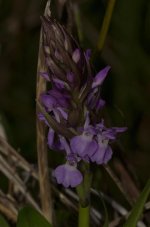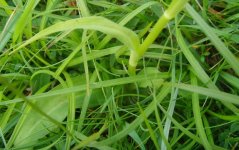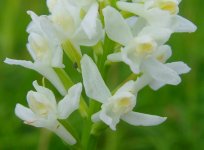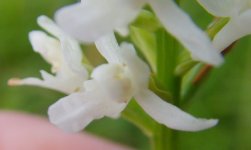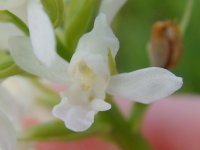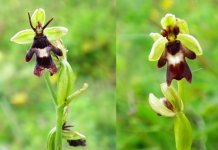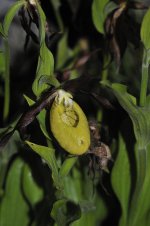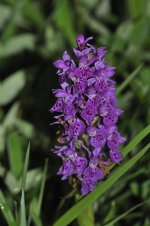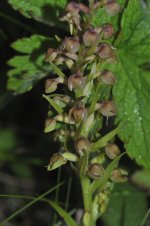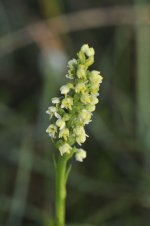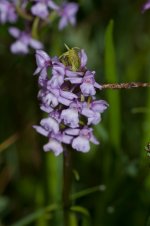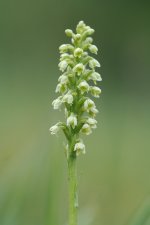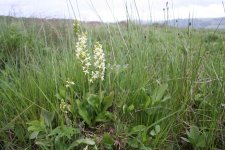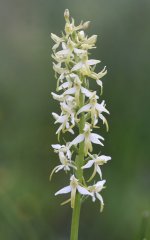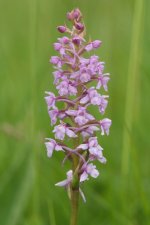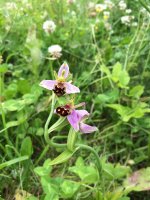Connor Rand
Norwich resident, Holme devotee
Hi Ian/Conner
Sorry to disappoint but It doesn't look right for bicolor for my money. It does have a look of that var, but it should have a green base to the labellum.
We could err towards atrofuscus/fulvofusca.....
The other two look like normal Bees to me?
Sean
Hi Sean/Rich M,
Thanks. I was erring towards fulvofusca (correct name for the 'var' rather than atrofuscus?) as opposed to bicolor. Doesn't look entirely typical but I guess like with all vars its a spectrum? What are the defining characteristics of this var and does it fall within any set parameters?
On this general topic, is there a good, up-to-date, overview of the Bee vars anywhere?
Certainly interesting looking!




